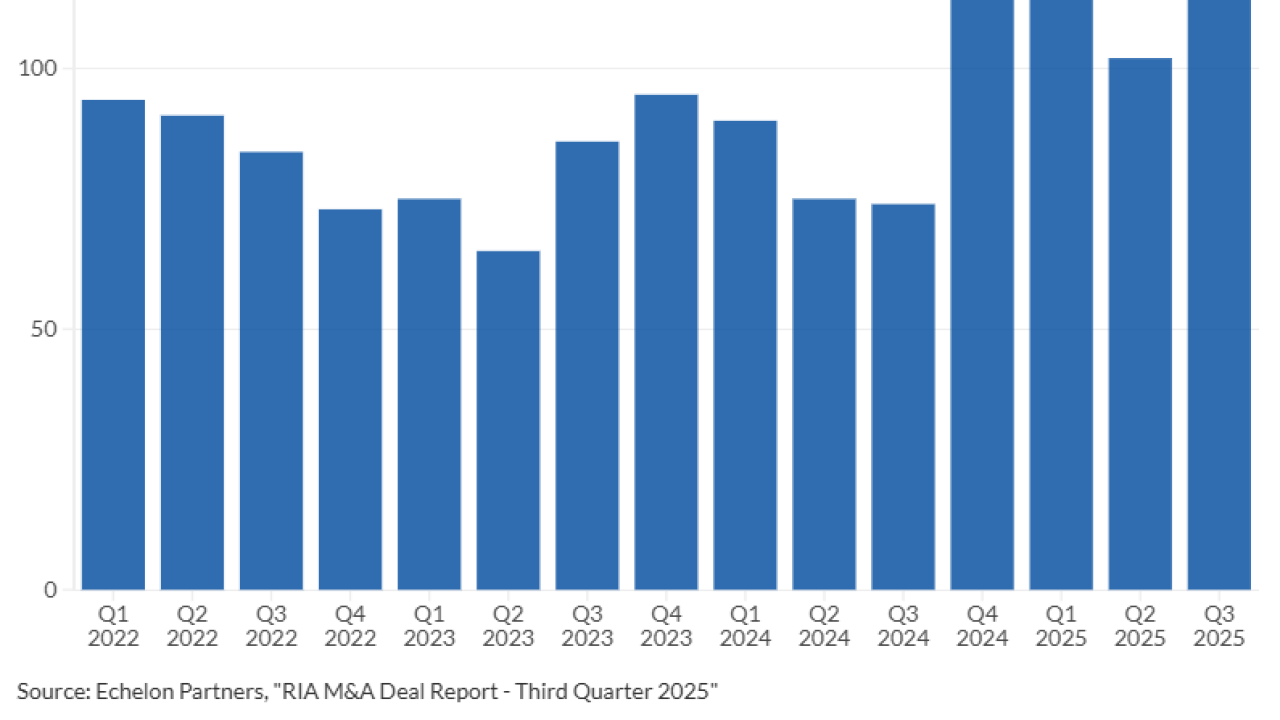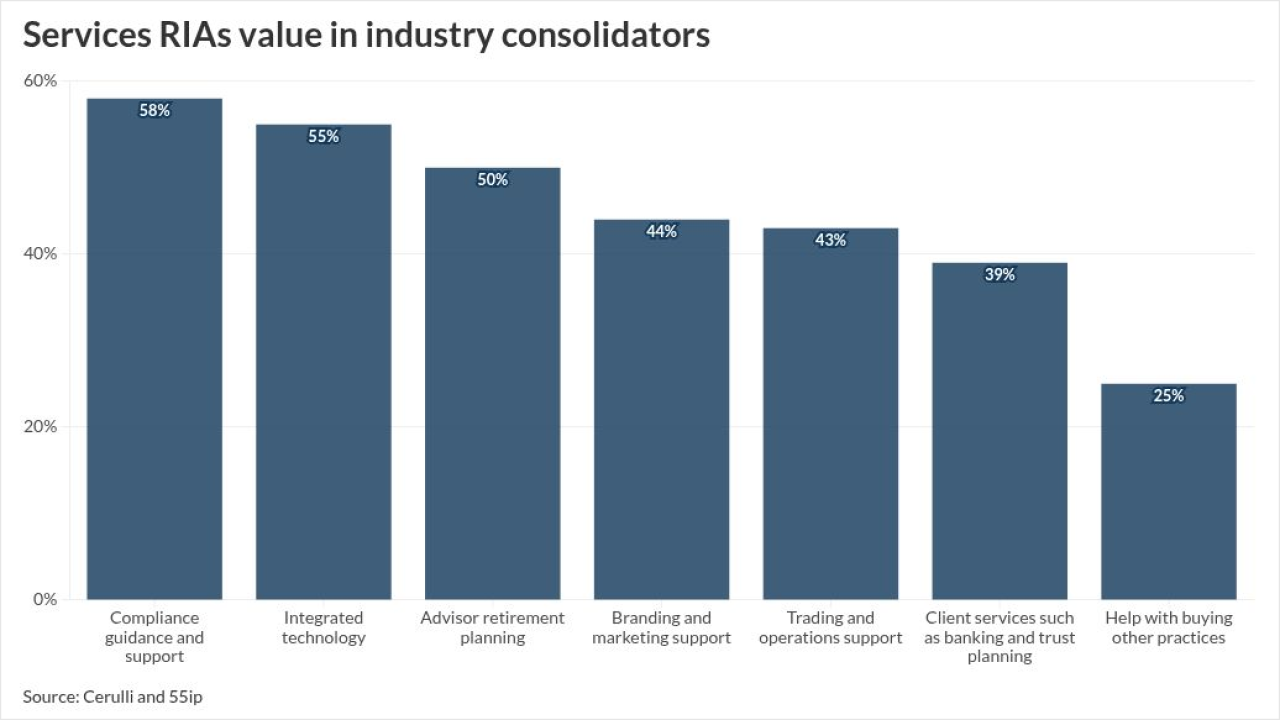After delaying a rule requiring high-income 401(k) savers aged 50 or older to make catch-up contributions in Roth accounts, the IRS has signaled that it will take effect starting next year.
That gives financial advisors working with 401(k) sponsors or clients earning more than $145,000 less than two months to ensure a Roth account is available and help those clients decide whether to contribute to it, noted Jay Cirame, vice president of ERISA consulting at
Industry trade groups had pressed for the extended transitional period, warning that many sponsors, administrators and recordkeepers needed more time to set up after-tax Roth plans alongside the traditional tax-deferred 401(k) plans and make other technical changes. The "system challenges for the industry as a whole" require 401(k) sponsors and their advisors to coordinate with their payroll companies and recordkeepers on any final steps while working to educate higher-earning participants about the shift in the guidelines, Cirame said.
"For 2026, you need to apply the rule under good faith efforts. That essentially means you'll be diligent and reasonable in applying the new rule," he said. "Each employee needs to consider their own tax implications as to whether they want to contribute the catch-up without the current-year tax break but enjoying the favorable tax benefits long-term."
READ MORE:
What the rules say
However, savers who are 50 or older and earning more than $145,000 from their job in 2025 won't get any catch-ups in 2026 if their plans do not offer the widely (but not universally available) Roth 401(k) accounts, he added. For context,
This year, 401(k) savers at any age may contribute as much as $23,500 into the traditional tax-deferred or Roth account.
As long as their employee earnings do not go above $145,000, those 50 or older can set aside another $7,500 in their tax-deferred 401(k) as their catch-up, with a "super catch-up" of another $3,750 to a total of $11,250 available to workers aged between 60 and 63 years old,
"Workers in their 50s or 60s, who may be at the height of their earnings potential, will lose a tax deduction for their 401(k) catch-up contributions and the ability to reduce their taxable income for tax years beginning in 2026," Stein wrote. "Moreover, a higher taxable income may affect the taxpayers' eligibility for other deductions, including those for state and local tax payments, charitable donations and qualified business income. On the other hand, the ability to escape RMDs and taxes on withdrawals in the future via Roth contributions today could be especially appealing to those individuals who expect to remain in a high tax bracket in retirement and have significant assets to pass on to future generations."
READ MORE:
Elect now, save later
Experts predict that the limits on contributions
"It would be most advantageous for them to elect Roth at the beginning of the year," Cirame said. "If you start doing that in January, that means that the earnings will grow for an even longer period. That's why I think it's beneficial to do that at the beginning of the year, instead of waiting until the end to make that election."





